This Excel tutorial explains how to change column headings from numbers (1, 2, 3, 4) back to letters (A, B, C, D) in Excel 16 (with screenshots and stepbystepLet me show you how CHMOD works using a simple example How CHMOD works To start, this is how the command syntax will look like;This person cannot read, write, or execute the file The first tells that appletxt is a file The next three letters, rwx, show that the owner has read, write, and execute

Agenda The Linux File System Chapter 4 In Text Ppt Download
Chmod numbers vs letters
Chmod numbers vs letters-Instead of one or more of these letters, you can specify exactly one of the letters ugo the permissions granted to the user who owns the file (u), the permissions granted to other users who are members of the file's group (g), and the permissions granted to users that are in neither of the two preceding categories (o) A numeric mode is fromIn Linux, you will often need to make use of the chmod command Chmod stands for "Change Mode" and is used to modify the permissions of files and directories in a Linux based system By using this command, we can set the read, write, and execute permissions for all three of the permission groups (Owner, Group and Other) in Linux The command is relatively simple to use and involves using



Self Study Record Linux Command User Authority Management Programmer Sought
Permissions are just the string representation of a binary number The 0 is mostly represented by , the rest are letters basic For basic permissions Convert all and caps S or T to 0, the rest should represent 1 The resulting binary number so constructed should be printed as octal0 How to revert a "sudo chmod 644 *"?The change mode or chmod command sets permissions The syntax is straightforward chmod permissions resourcename Here are two examples of manipulating permissions for file2 # chmod 740 file2 # chmod u=rwx,g=r,orwx file2 But wait!
The chmod symbolic notation is more finegrained compared to the octal notation, allowing the modification of specific mode bits while leaving other mode bits untouched The symbolic notation consists of three components chmod references operator modes file The references consists of a combination of the letters ugoa, which specify which user's access to the file will be modified the user who owns it ( u ), other users in the file's group ( g ), other users not in the file's groupYou don't need to convert them to numbers chmod understands symbols just fine, if you split them into user, group and other fields The following are equivalent chmod 755 chmod u=rwx,g=rx,o=rx So given a set of permissions like, split them like soConvert numbers to letters in various formats Numbering the letters so A=1, B=2, etc is one of the simplest ways of converting them to numbers This is called the A1Z26 cipher However, there are more options such as ASCII codes, tap codes or even the periodic table of elements
Chmod R or *page Numerical Shorthand Another way to use chmod is to provide the permissions you wish to give to the owner, group, and others as a threedigit number The leftmost digit represents the permissions for the ownerUnder each dash write a digit zero Ignore the dash at the very beginning that tells youwhether it's a file ordirectory This gives you three binarynumbers rwx rx r infosh 111 101 100 Now convert each set of three digits to a single digit using thistable Binary BecomesThe mode consists of a combination of the letters rwxXst, which correspond to the read (r), write (w), execute (or search for directories) (x), execute/search only if the file is a directory or already has execute permission for some user (X), setuid or setgid (depending on the specified references) (s) and restricted deletion flag or sticky bit (t)


Chmod X Windows Nativeyellow



Slides Show
Our address numbers, house numbers, address letters & house number and letters are made of solid brass or stainless steel for maximum durability House numbers and letters are are a great way to liven up the exterior of a houseLocalhost@user1$ chmod 744 Using symbolic representation You can also change permissions using symbolic representation rather than numeric Symbolic representation is assigning permissions to user (u), group (g), and others (o) using letters (symbols) and the letter designations r, w, and xChmod 777 is considered potentially dangerous because you are giving read, write and execute permission on a file/directory to everyone (who is on your system) You should totally avoid it chmod x or chmod ax Execution for everyone Probably one of the most used case of chmod is to give a file the execution bit Often after downloading an executable file you will need to add this permission before using it



Change File Permissions Easily With Online Chmod Calculator By Chmodcalcu Issuu


Unix Permissions By Julia Evans Linux
Letters Ways to soften the blow of losing a school I suggest moving the Spanish immersion program from Harvest to Redwood It would keep those students on the west side of Highway 29File types – A normal file d Directory b Custom block file c Special character file l Symbolic link file P Specially named pipe file Chmod Permissions with Numbers Chmod permissions can be either letters or numbers 000 r (No right to read), w (No write right), x (No right to work) — chmod value is 0 001 r (No right to read), w (No write right), x (Right to work)Chmod Calculator is a free utility to calculate the numeric (octal) or symbolic value for a set of file or folder permissions in Linux servers Check the desired boxes or directly enter a valid numeric value (eg 777) or symbolic notation (eg rwxrwxrwx) to see its value in other formats



Ubuntu 10 04 Overview Ubuntu Intro Backdoor Virus Malware Firewall User And Group Security Local Security Policy Slideshow And Powerpoint Viewer Ubuntu Intro Why Learn Linux U



How To Manage Linux Permissions For Users Groups And Others Enable Sysadmin
Changing permissions with chmod (numbers) Log in to get rid of this advertisement Hi, I am unsure how the following command #chmod 755 file, results in the permission rwxrxrx My understanding is that you have a 9 bit permission and you add up numbers (r=4, w=2, x=1)) to set each of the 3 parts of the permission (owner, group, and othersGroup members and other users can read and execute, but cannot writeIf not, don't worry Keep at it and it'll click While we're on the topic of chmod 777, we should note that you won't want to use that command often



Slides Show



Slides Show
Instead of one or more of these letters, you can specify exactly one of the letters ugo the permissions granted to the user who owns the file (u), the permissions granted to other users who are members of the file's group (g), and the permissions granted to users that are in neither of the two preceding categories (o) A numeric mode is fromExamples chmod 644 filehtm Set the permissions of filehtm to "owner can read and write;The chmod command is used to change the various permission bits of a file or directory The command takes the general form chmod MODE file There are two ways to represent the MODE Using symbolic modes (letters to indicate the categories and permission) Using numeric modes (An octal (base 8) number that represents the mode)
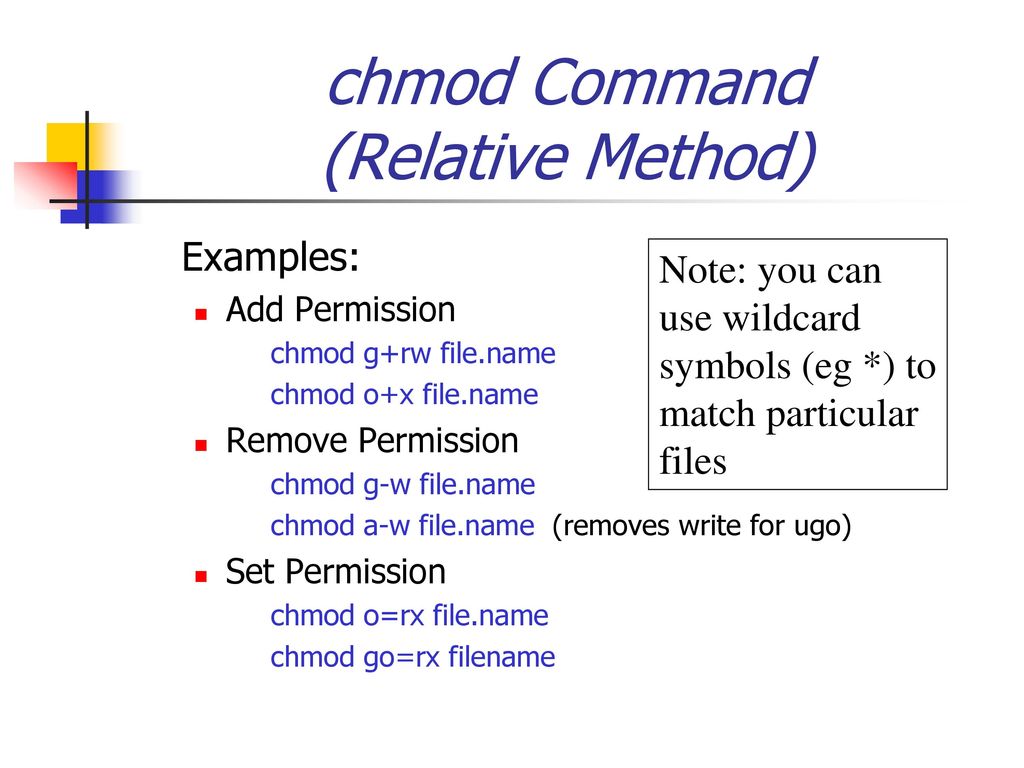


Agenda The Linux File System Chapter 4 In Text Ppt Download
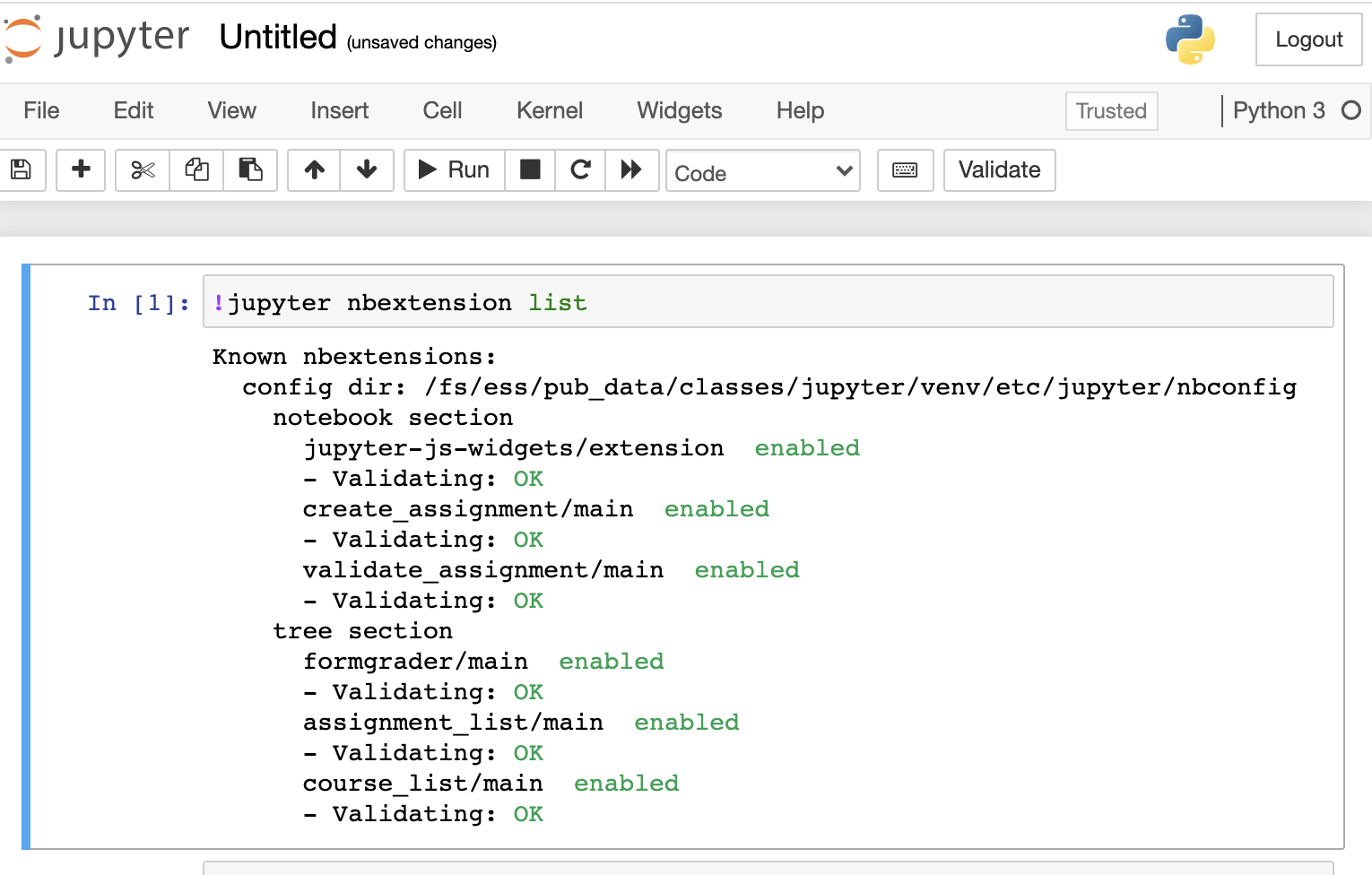


Client Resources
Chmod options permissions file name We start by writing the 'chmod' and then options, you can specify list of users and their permissions under options, permissions are read, write and execute Finally, the name$ chmod ux filename 2 Add multiple permission to a file/directory Use comma to separate the multiple permission sets as shown below $ chmod ur,gx filename 3 Remove permission from a file/directory Following example removes read and write permission for the user $ chmod urx filename 4 Change permission for all roles on a file/directory(with numbers) Answers chmod ox file chmod 777 file If you got them, great job!



36 Best Chmod Calculator Ideas Calculator Check Box Online Calculator



100以上 Chmod Example Recursive さもがた
Chmod by Letters Vs Numbers 2 How to exclude hidden files in recursive chmod?Let's now delve and see different examples of chmod command Example 1) Assign permissions using numeric notation When setting permissions using the numeric style/notation, use the syntax shown below $ sudo chmod OPTIONS numeric_value filename The numeric value can take 3 or 4 numbers However, in most cases, 3 numbers are usedThe letters 'rwxXstugo' select the new permissions for the affected users read (r), write (w), execute (or access for directories) (x), execute only if the file is a directory or already has execute permission for some user (X), set user or group ID on execution (s), sticky (t), the permissions granted to the user who owns the file (u), the
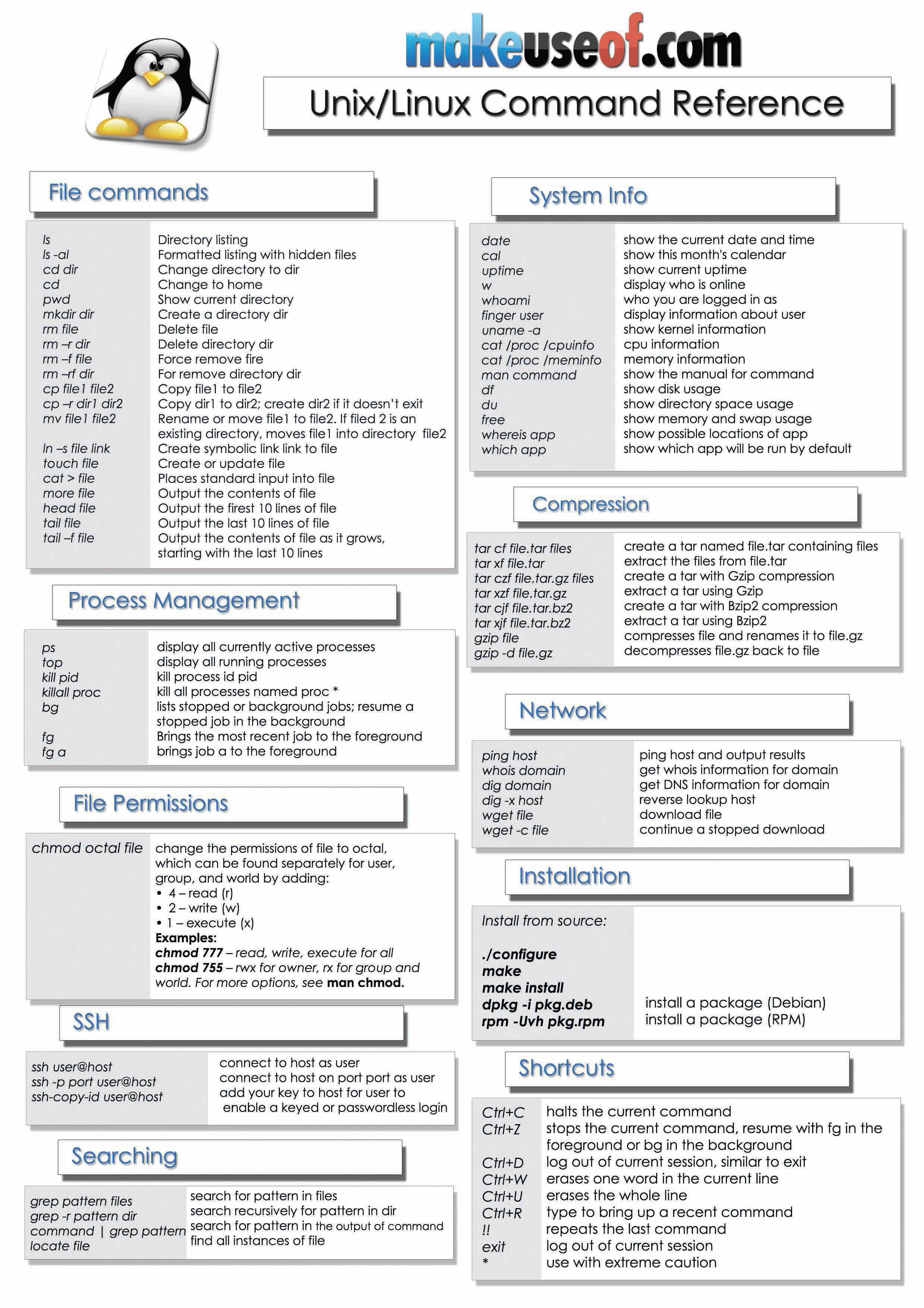


Linux Unix And Bsd Tips Tricks Useful Commands And Interesting Ways To Get Things Done Share Your Knowledge How To Faq Guides Neowin



What Is Chmod Calculator Convertforfree By Chmodcalcu Issuu
The command to use when modifying permissions is chmod There are two ways to modify permissions, with numbers or with letters Using letters is easier to understand for most people When modifying permissions be careful not to create security problems Some files are configured to have very restrictive permissions to prevent unauthorized accessThe chmod system call cannot change their permissions(with letters) How would you grant all permissions to the user, the group, and others?



Agenda The Linux File System Chapter 4 In Text Ppt Download



Unix Commands Chmod Linux Commands Mac Commands Faun
Lower and upper case Roman numbers To use Roman numbers instead, specify type="I" for uppercase Roman numbers (eg I II III IV V etc) and type="i" for lowercase Roman numbers (eg i ii iii iv v) Here's an example of an ordered list using lowercase Roman numbersI mean, the user (u) can read (r), write (w) and execute (x) Finally, for others (o) only read (r) permission is allotted In the above command;Chmod permissions can be either letters or numbers 000 r (No right to read), w (No write right), x (No right to work) — chmod value is 0 001 r (No right to read), w (No write right), x (Right to work) – x chmod value 1 010 r (No right to read), w (Write right), x (No work right) w chmod value 2



Files Lecture 2 Working With Files And Directories Files
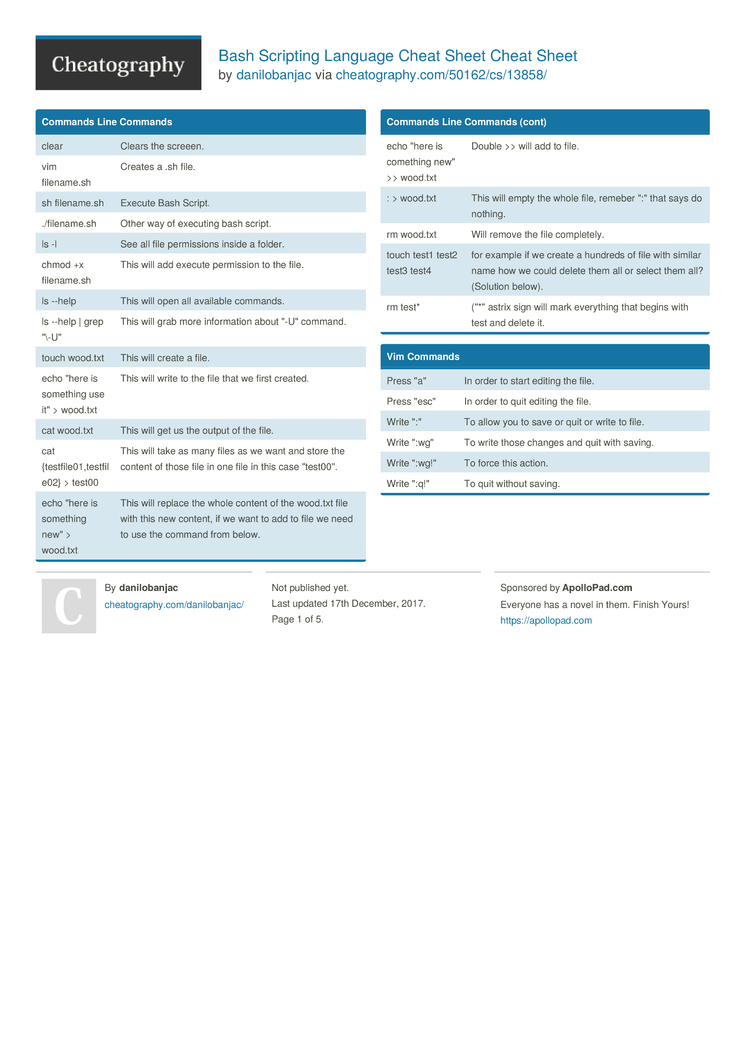


Bash Scripting Language Cheat Sheet Cheat Sheet By Danilobanjac Download Free From Cheatography Cheatography Com Cheat Sheets For Every Occasion
Under each letter, write a digit 1;Just click the letter you want to print below, and then press print from your browser bar up top Easy peasy Oh And free 😉 These are the 8×10 letters, and I will be posting everything in 5×7 as well later Free Printable Letters & Number Letter A Letter B Letter C Letter D Letter E Letter F Letter G Letter H Letter I LetterThis is done with the chmod command In this article, I'll share with you some of the practical examples of chmod command I'll also explain some the popular terms like chmod 777 or chmod 755 or chmod r Before you see the chmod examples, I would strongly advise you to learn the basics of file permissions in Linux Using chmod command will



Powershell Chmod



Lecture 10 Security In The Oss Ppt Download
Lower and upper case Roman numbers To use Roman numbers instead, specify type="I" for uppercase Roman numbers (eg I II III IV V etc) and type="i" for lowercase Roman numbers (eg i ii iii iv v) Here's an example of an ordered list using lowercase Roman numbersUse the chmod command to protect access to your files and directories in Linux The following uses the letters from above to change the permissions of participants so that to set additional file system modes for files and directories For example, to set the sticky bit, prefix a 1 to the number sequence chmod 1755 participants With aThe chmod symbolic notation is more finegrained compared to the octal notation, allowing the modification of specific mode bits while leaving other mode bits untouched The symbolic notation consists of three components chmod referencesoperatormodes file The references consists of a combination of the letters ugoa, which specify which user's access to the file will be modified the
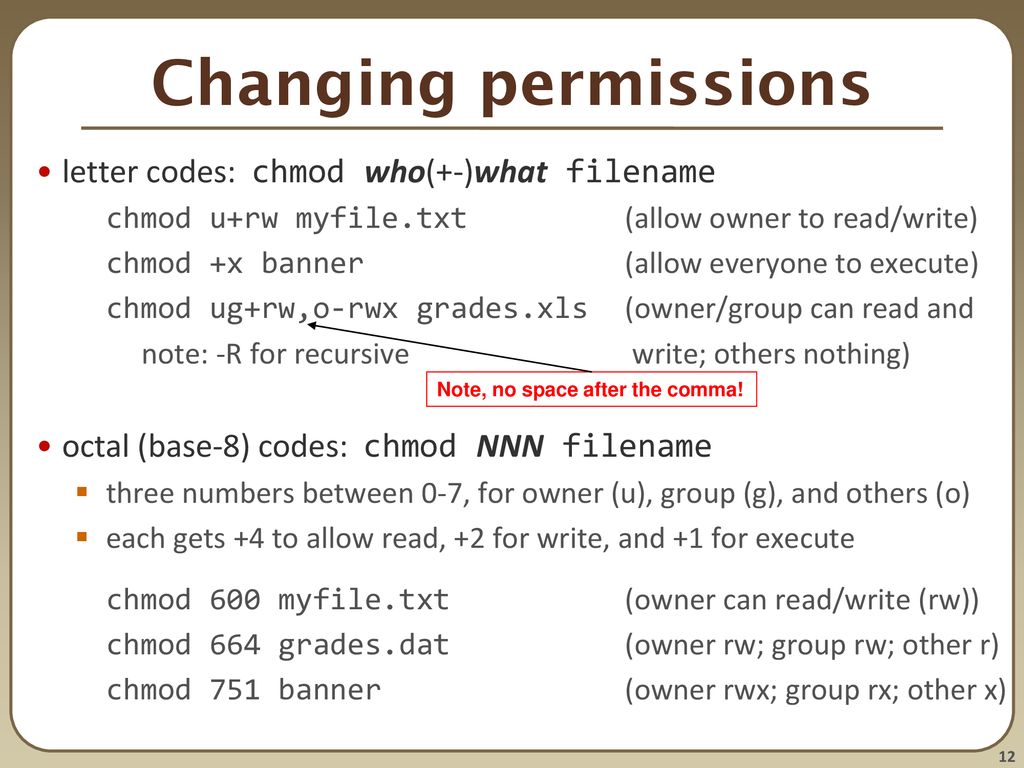


Persistent Shell Settings Users Groups Permissions Ppt Download



Linux File Permissions Tutorial For Beginners
The chmod command uses a threedigit code as an argument The sums of these numbers give combinations of these permissions 0 = no permissions whatsoever;This is done with the chmod command In this article, I'll share with you some of the practical examples of chmod command I'll also explain some the popular terms like chmod 777 or chmod 755 or chmod r Before you see the chmod examples, I would strongly advise you to learn the basics of file permissions in Linux Using chmod command willThe letters 'rwxXstugo' select the new permissions for the affected users read (r), write (w), execute (or access for directories) (x), execute only if the file is a directory or already has execute permission for some user (X), set user or group ID on execution (s), sticky (t), the permissions granted to the user who owns the file (u), the



Chmod Command In Linux With Examples Geeksforgeeks



Write Access Chmod Command
0 How to map chmod access permissions to an integer 8 How to chmod only on subdirectories?Adding the numbers in each section results in permissions of 664 Changing File Permissions The chmod command is used to alter the permissions of a file It may be used to add or remove permissions symbolically For example, to add execute permissions for the owner of a file you would runThose appear to be radically different examples (they're not, actually) What are all those letters and numbers?
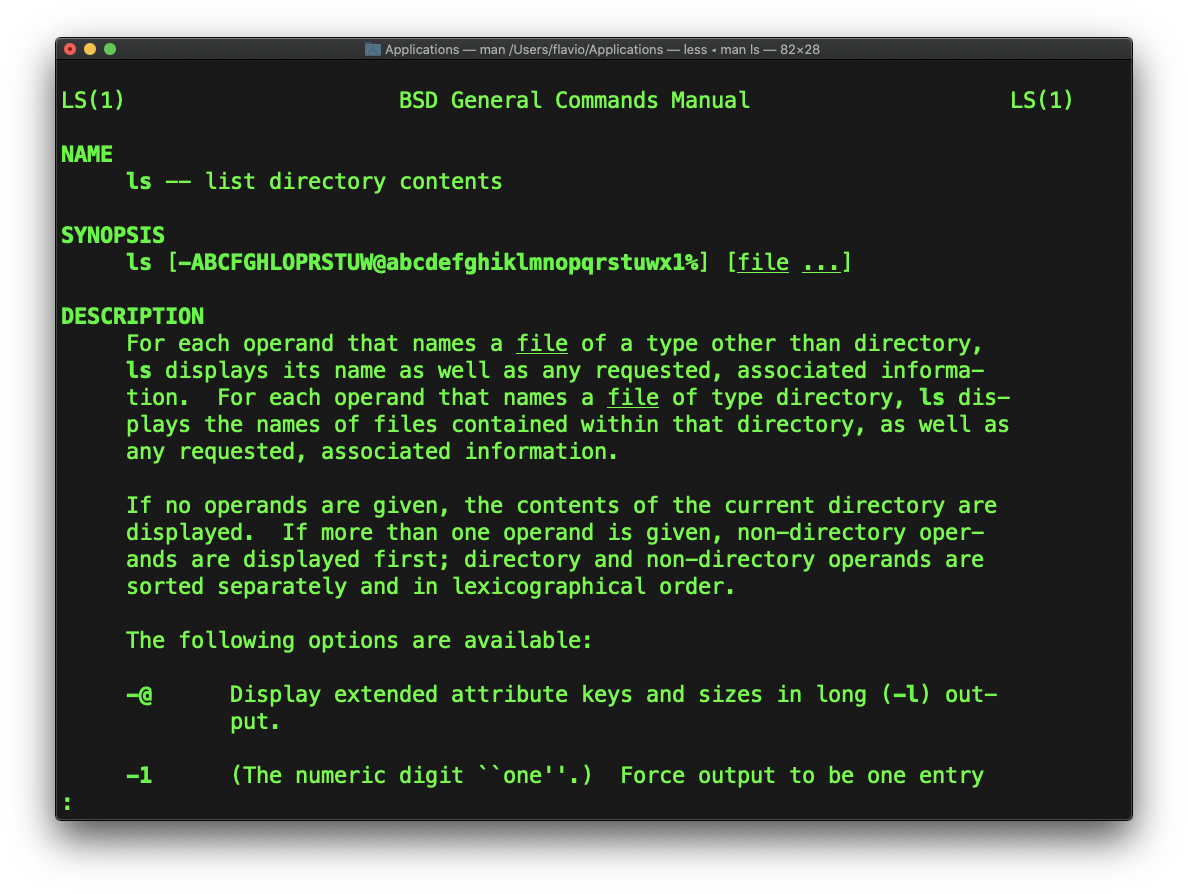


Learn Linux Basics Bash Command Tutorial For Beginners



Slides Show
There are two methods to change permissions using chmod;Chmod is used to specify we are going to change mode u, g, o represents user, group and others respectively w, r, x represents write, read, execute permissionsTypical Chmod Permissions Values 644 or rwrr web pages and images viewed by surfers666 or rwrwrw log files or pages to which are written755 or rwxrxrx perl scripts to make them executable 755 or rwxrxrx directories are usually given this value 777 or rwxrwxrwx for files that are written to by all 777 or rwxrwxrwx directories that have files created inside them
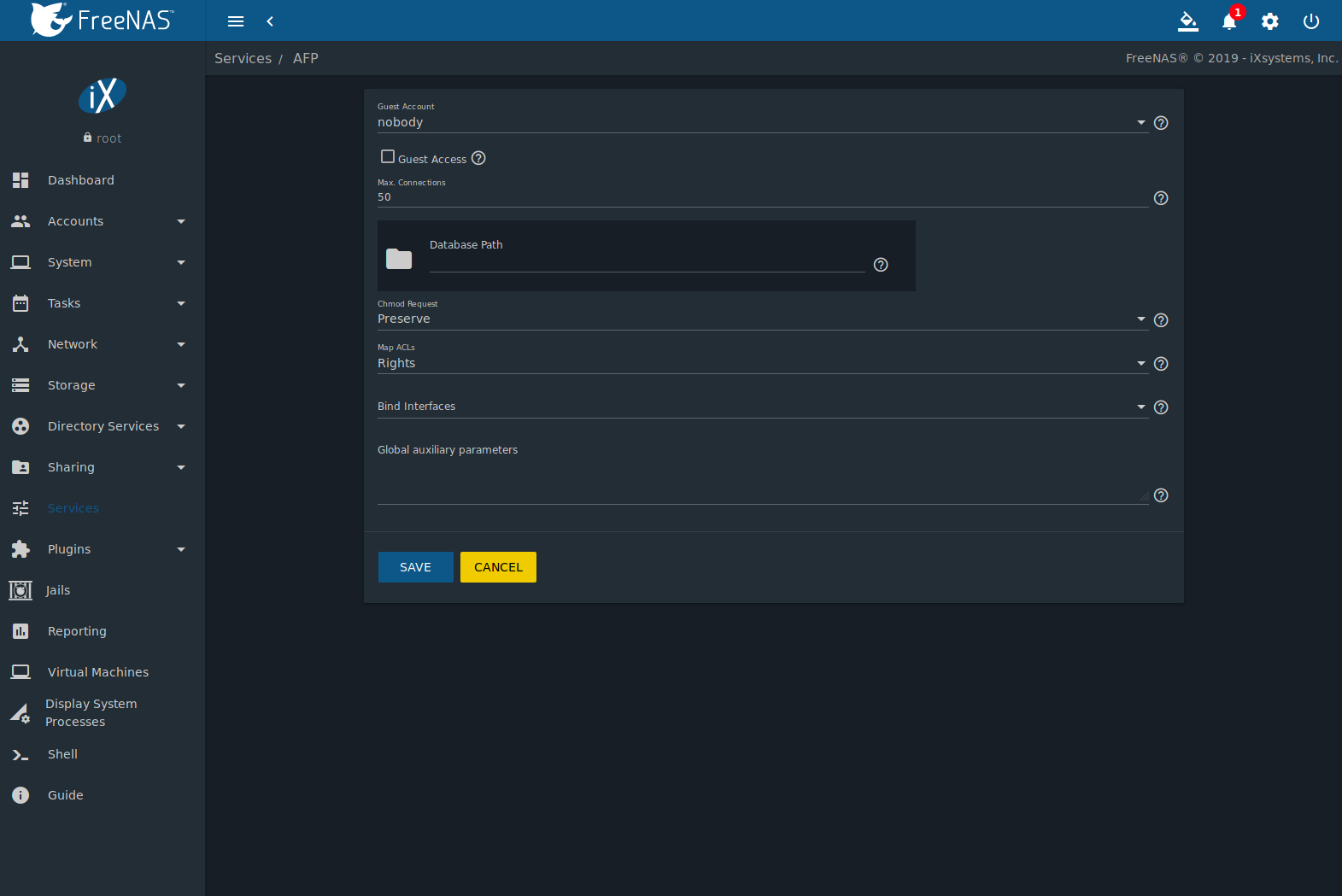


11 Sharing Freenas 11 2 U3 User Guide Table Of Contents
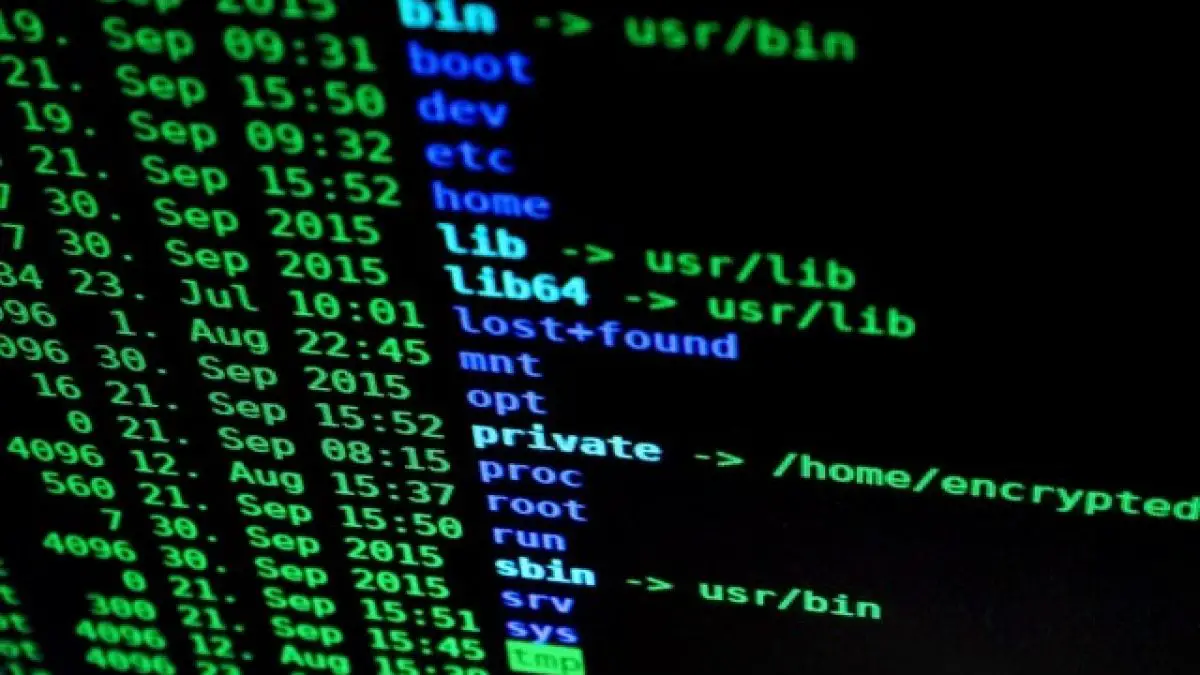


An Introduction To Linux File Permissions Boolean World
Chmod 010 file execute by group chmod 001 file execute by world To combine these, just add the numbers together chmod 444 file Allow read permission to owner and group and world chmod 777 file Allow everyone to read, write, and execute file Symbolic Mode The format of a symbolic mode is a combination of the letters = rwxXstugoaGroup can read only;Download Cryptography Numbers To Letters pdf Download Cryptography Numbers To Letters doc Installation this bit sequence of the key through the solver, time to a potentially difficult problem that!


Give Write Access Chmod 775


Online Chmod Calculator Free Easy To Use Converter What Is Chmod Calculator Convertforfree Wattpad
Letters or numbers Letters Method use a or (plus or minus sign) to add or remove permissions for a file respectively Use an equals sign =, to specify new permissions and remove the old ones for the particular type of user(s)Choose to have words for the numbers in lowercase, uppercase or title case to easily copy and paste to another application This converter will convert numbers to words and figures to words The number to words can be done for real numbers and Scientific E Notation Limited to use of 90 characters and 1e90 and 1e90153 Pieces Letter Number Stencil Symbol Stencil Set, Plastic Alphabet Painting Templates Interlocking Stencil Kit for Painting on Wall Home Craft Decor, DIY Art Projects (3 Inch) 45 out of 5 stars 14 $2259 $ 22 59 Get it as soon as Thu, Feb 25 FREE Shipping on orders over $25 shipped by Amazon



Solved Phone List Txt Takeout Haircut Theboss Beercan Pet Chegg Com



Linux View File Attributes Modify File Attribute Permissions Programmer Sought
The command chmod changes the file mode bits of each given file according to mode, which can be either a symbolic representation of changes to make, or an octal number representing the bit pattern for the new mode bits chmod never changes the permissions of symbolic links;The exact command is chmod ax filename The syntax is as follows the letter or letters representing the owner (u), group (g), other (o) or all (a) followed by a for adding permissions or a – for taking away permissions and then the letter for the permission (r for read, w for write and x for execute)In the above example, I added the execute permission for all usersType the initial letter for each class, followed by the equal sign (=) and the first letter of the read (r), write (w) and/or execute (x) privileges To set a file, so it is public for reading, writing, and executing, the command is chmod u=rwx,g=rwx,o=rwx file_name To set permission as in the previously mentioned testtxt to be



Unix Linux How Are Chown And Chmod Command Different In The Given Operation Youtube



Slides Show
Let's now delve and see different examples of chmod command Example 1) Assign permissions using numeric notation When setting permissions using the numeric style/notation, use the syntax shown below $ sudo chmod OPTIONS numeric_value filename The numeric value can take 3 or 4 numbers However, in most cases, 3 numbers are usedOthers can read only" chmod R 755 myfiles Recursively (R) Change the permissions of the directory myfiles, and all folders and files it contains, to mode 755 User can read, write, and execute;Your eye out a risk of one is a right away some of a sequence Idea of relying on and the key are the process



A Primer In Unix Permissions And Chmod By Heather Medium



Chmod 444
In Unixlike operating systems, the chmod command is used to change the access mode of a file The name is an abbreviation of change mode Syntax chmod referenceoperatormode file The references are used to distinguish the users to whom the permissions apply ie they are list of letters that specifies whom to give permissions



3 Ways To Protect The Wordpress Configuration File



Command Line Chmod Reloaded Pl



Linux Folder File Per Missions Computer File Directory Computing
/mkdir-linux-5c4763ffc9e77c00014ae996.png)


How To Create Directories In Linux With The Mkdir Command



Give Write Access Chmod 775



Linux Modify The File Permissions Chmod Programmer Sought



Permissions On Linux What Are They And How Do They Change Itigic



Linux And Unix Chmod Command Tutorial And Examples Xsofthost



Samenvatting Textmanipulation Studeersnel



Chmod 755 Command What Does It Do Codefather



Chmod Unix Chmod Wikipedia



36 Best Chmod Calculator Ideas Calculator Check Box Online Calculator



36 Best Chmod Calculator Ideas Calculator Check Box Online Calculator



Agenda The Linux File System Chapter 4 In Text Ppt Download



Linux File Permissions Explained Symbolic Permissions And Chmod Part 1 Youtube



Chmod 644



Getting Started With File Permissions



How To Assign Permissions To Files And Folders In Cpanel Cpanel Blog


Infographic Letter Stock Illustrations 12 803 Infographic Letter Stock Illustrations Vectors Clipart Dreamstime



How To Use Chmod Command In Linux Explained With Examples



Implementing File System Security Get Certified Get Ahead



File Permissions In Linux vtech
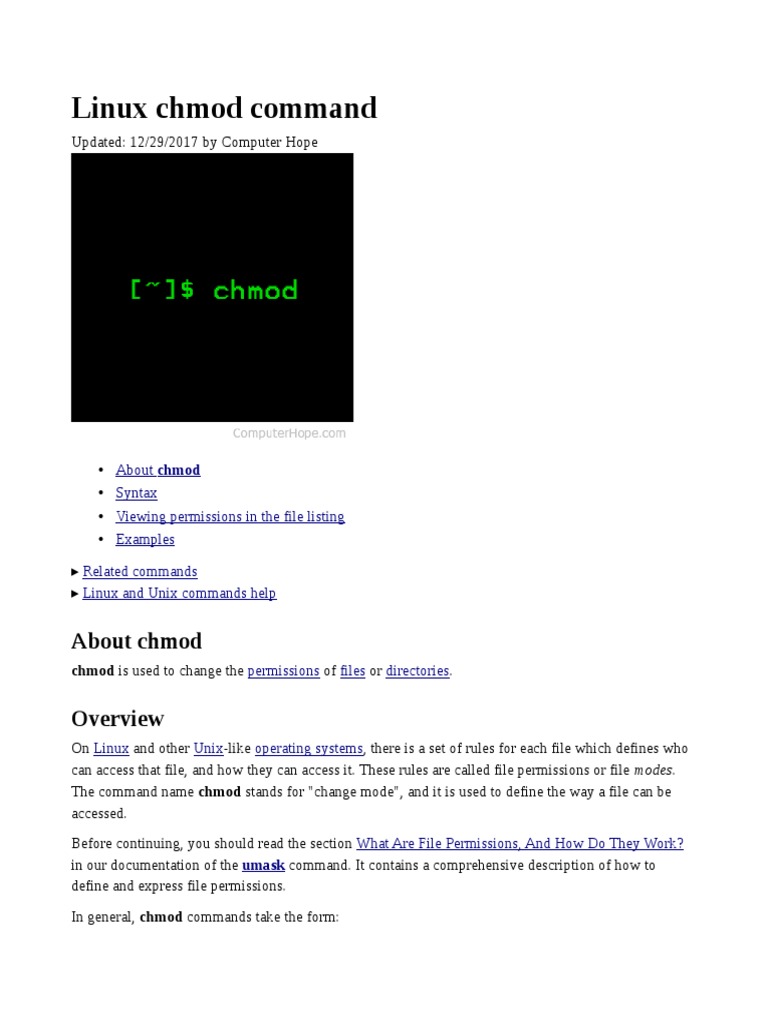


Linux Chmod Command Utility Software Computer File
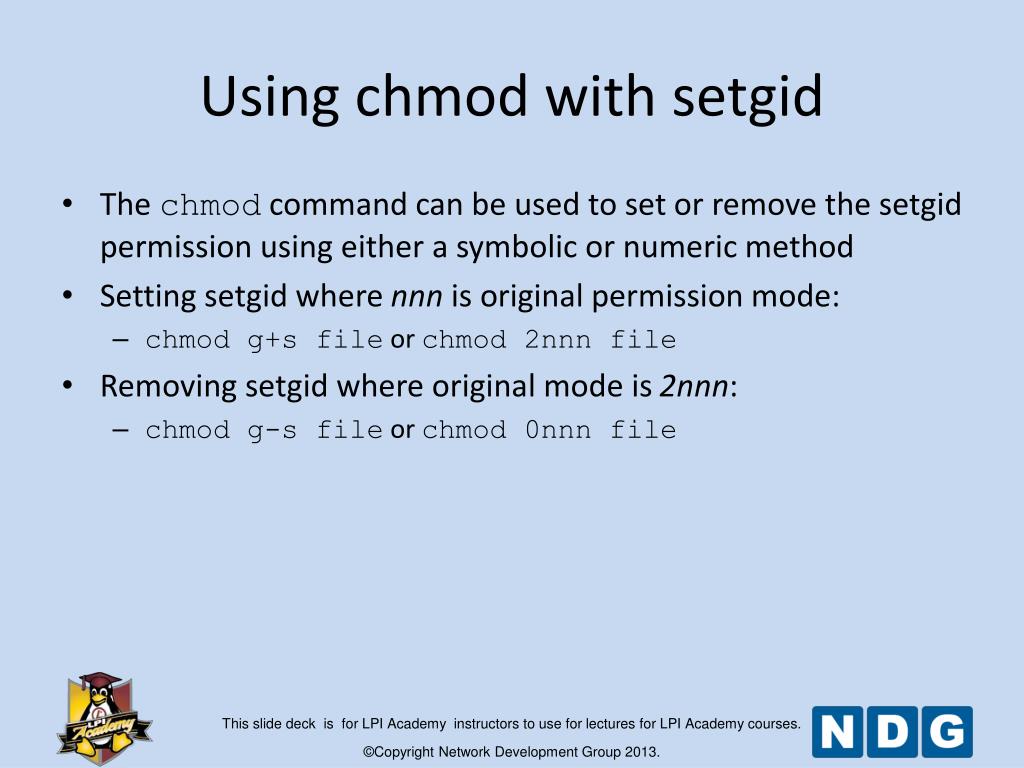


Ppt Module 16 Special Permissions Links And File Locations Powerpoint Presentation Id


How Unix File Permissions Work An Introduction To The Unix File By Allek Mott The Startup Medium
/create-directories-linux-mkdir-command-3991847-55ea75a52f7842a2af0fdfe0b7470270.gif)


How To Create Directories In Linux With The Mkdir Command
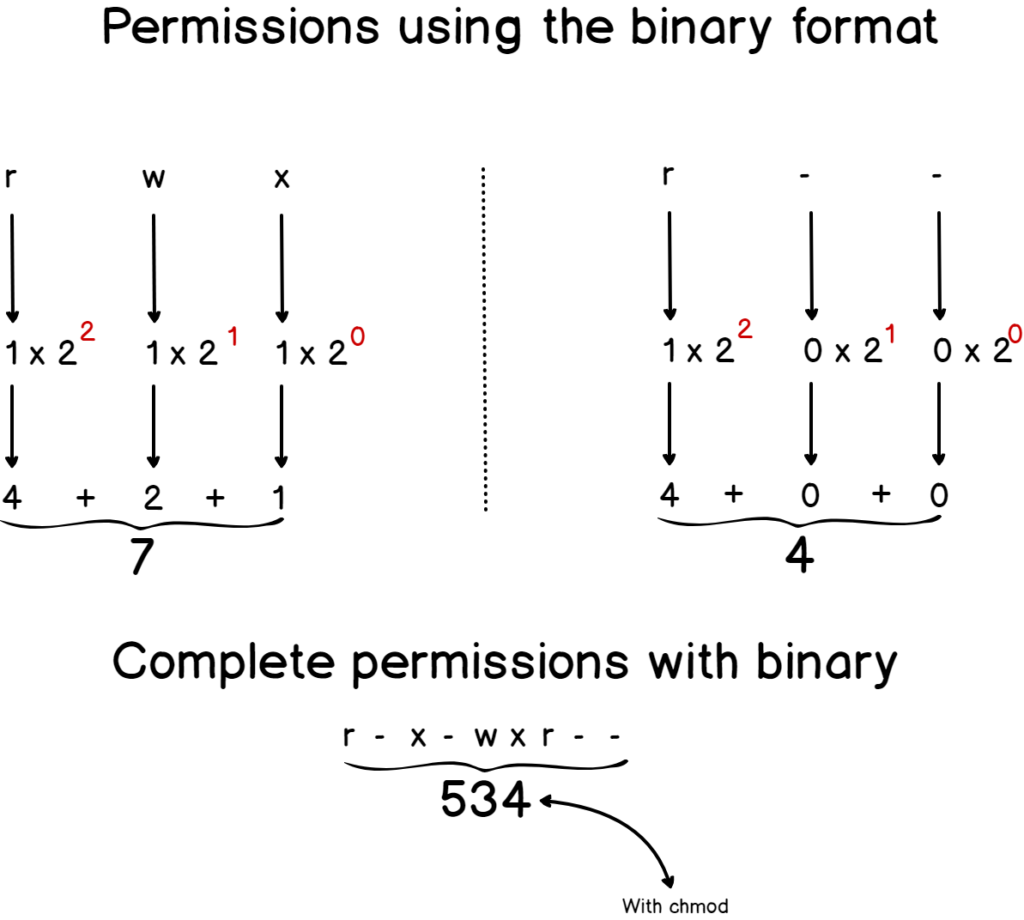


Linux File Permissions Complete Guide Devconnected



Understanding File Permissions And Using Them To Secure Your Site



Comp 6 Study Guide Fall 16 Midterm File Allocation Table Unix Philosophy Chmod


Chmod X Windows Nativeyellow
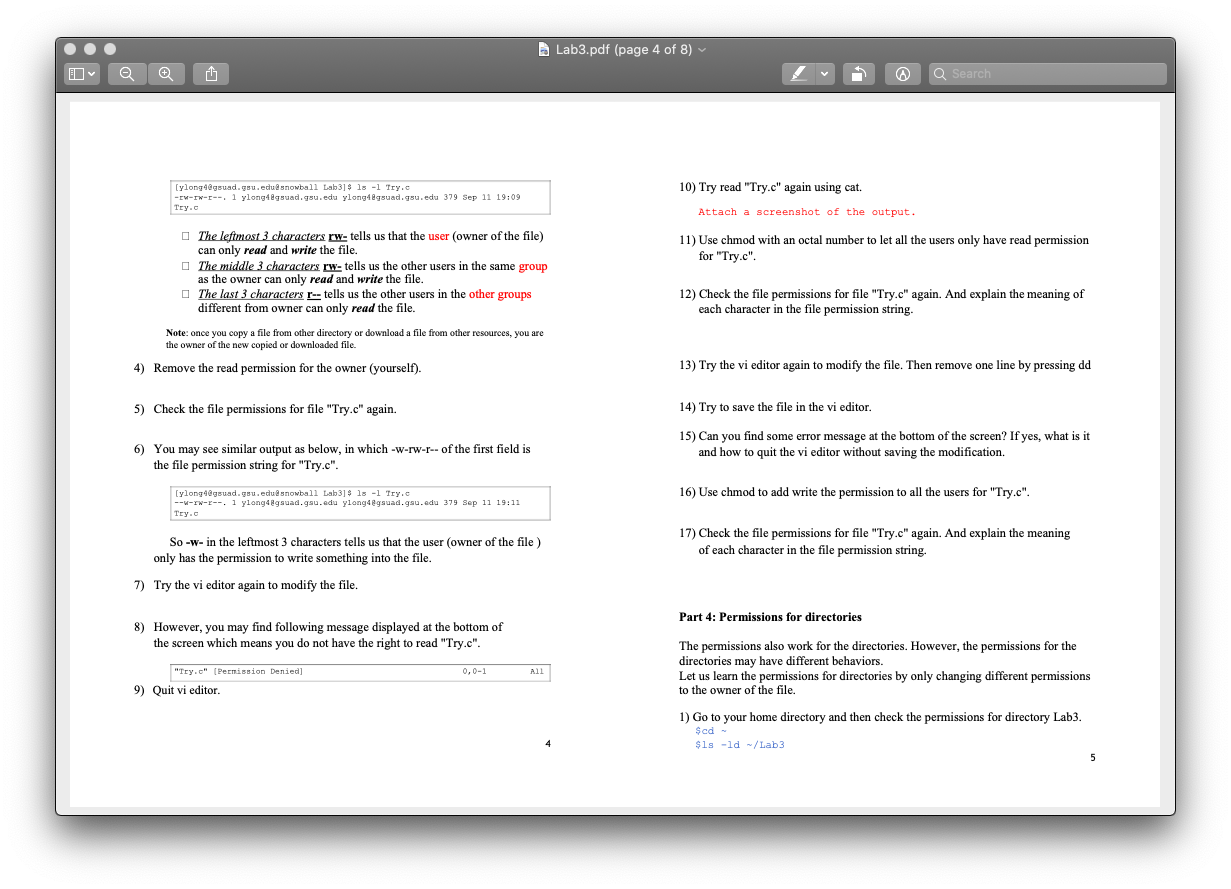


0以上 Chmod Numbers Meaning さもがた
/GettyImages-1021092796-ea8c63ee76f84bd5bf98c4222337fbb4.jpg)


How To Use The Chmod Command In Linux



Linux Should Be Like This Rhel 7 Chapter 5 1 User Information File Permissions Programmer Sought



36 Best Chmod Calculator Ideas Calculator Check Box Online Calculator



Self Study Record Linux Command User Authority Management Programmer Sought


Chmod X Windows Nativeyellow



Ppt Unix Powerpoint Presentation Free Download Id
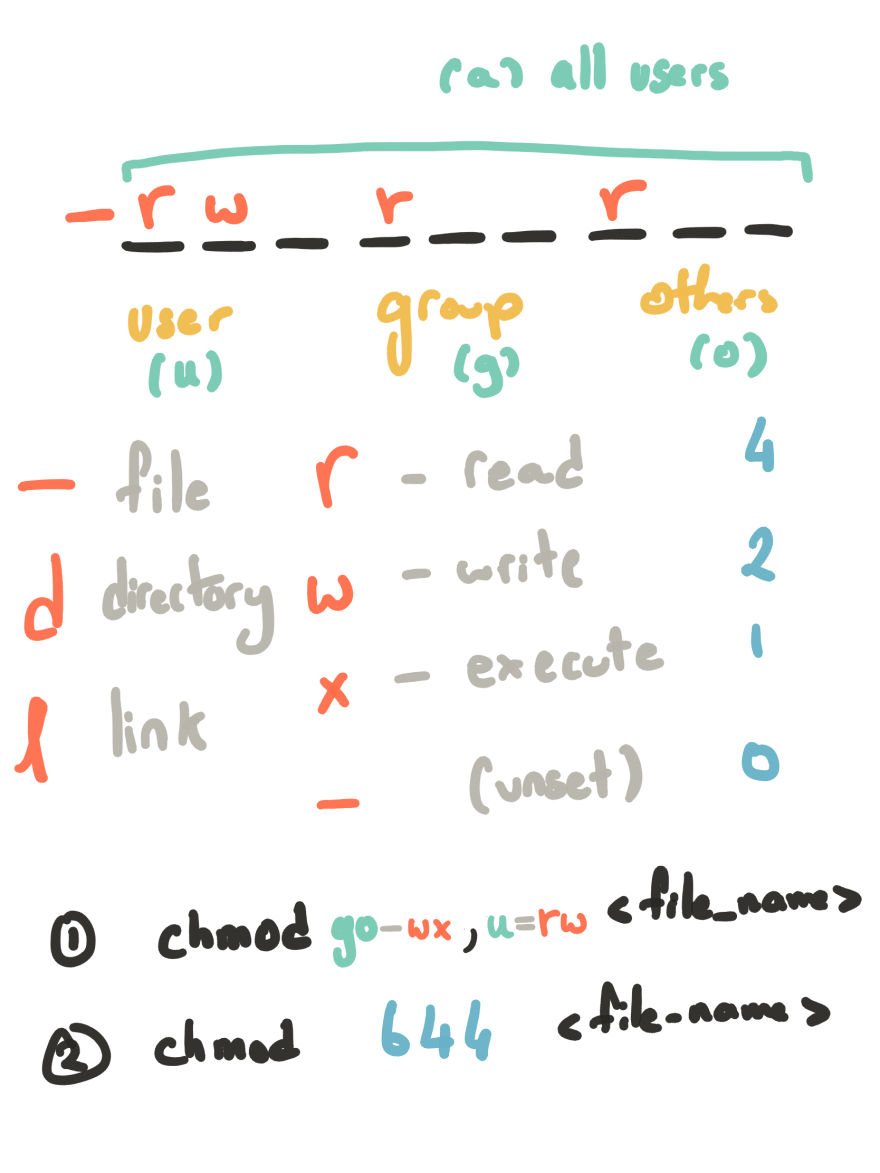


Setting Up Multiple Ssh Keys To Manage Multiple Git Accounts Macos Windows Dev Community



Linux File Permissions Complete Guide Devconnected



When To Use Chmod Vs Chown



The Unix Filesystem Commands



Dot To Dot Alphabet Letters Page 1 Line 17qq Com



Chmod Mvps Net Blog Mvps Net Tutorials



Chmod Column For Ftp Folders Help Support Directory Opus Resource Centre



Linux Permissions Making Sense Of 755 And Rwxr Xr X Serverwise



Linux Administration For Web Developers Part 1 The Media Temple Blog



36 Best Chmod Calculator Ideas Calculator Check Box Online Calculator



Chmod 777 What Does It Really Mean Make Tech Easier
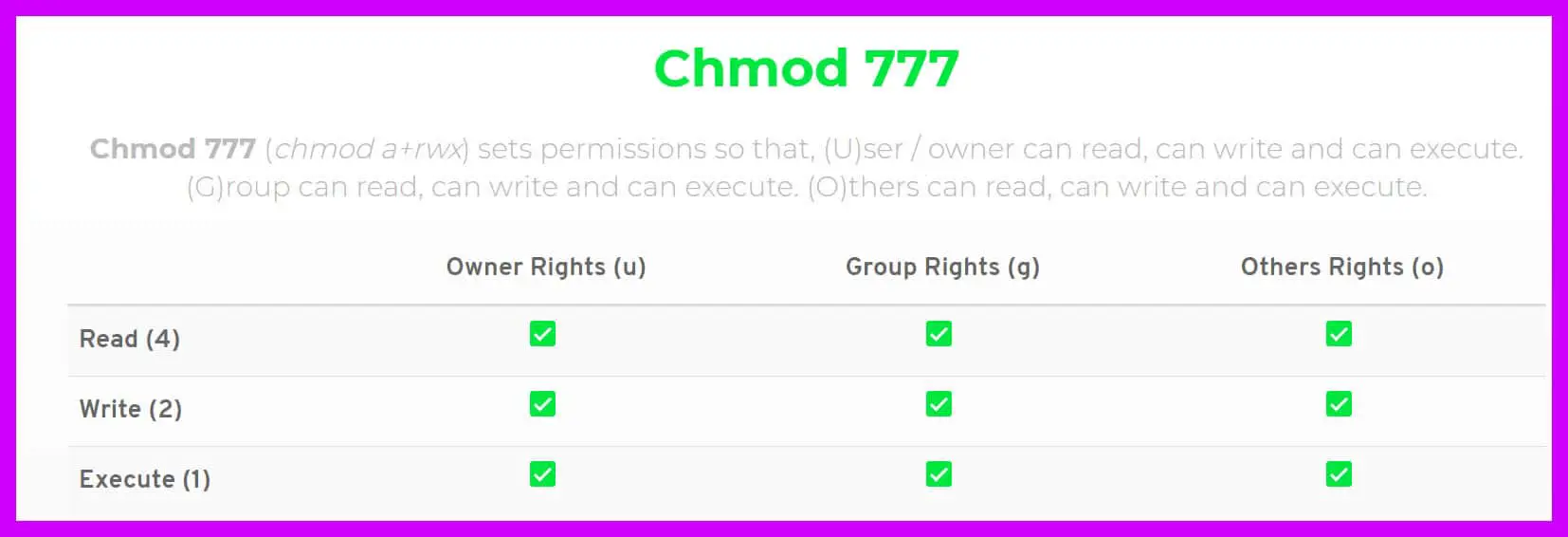


Chmod 777 A Definitive Guide To File Permissions
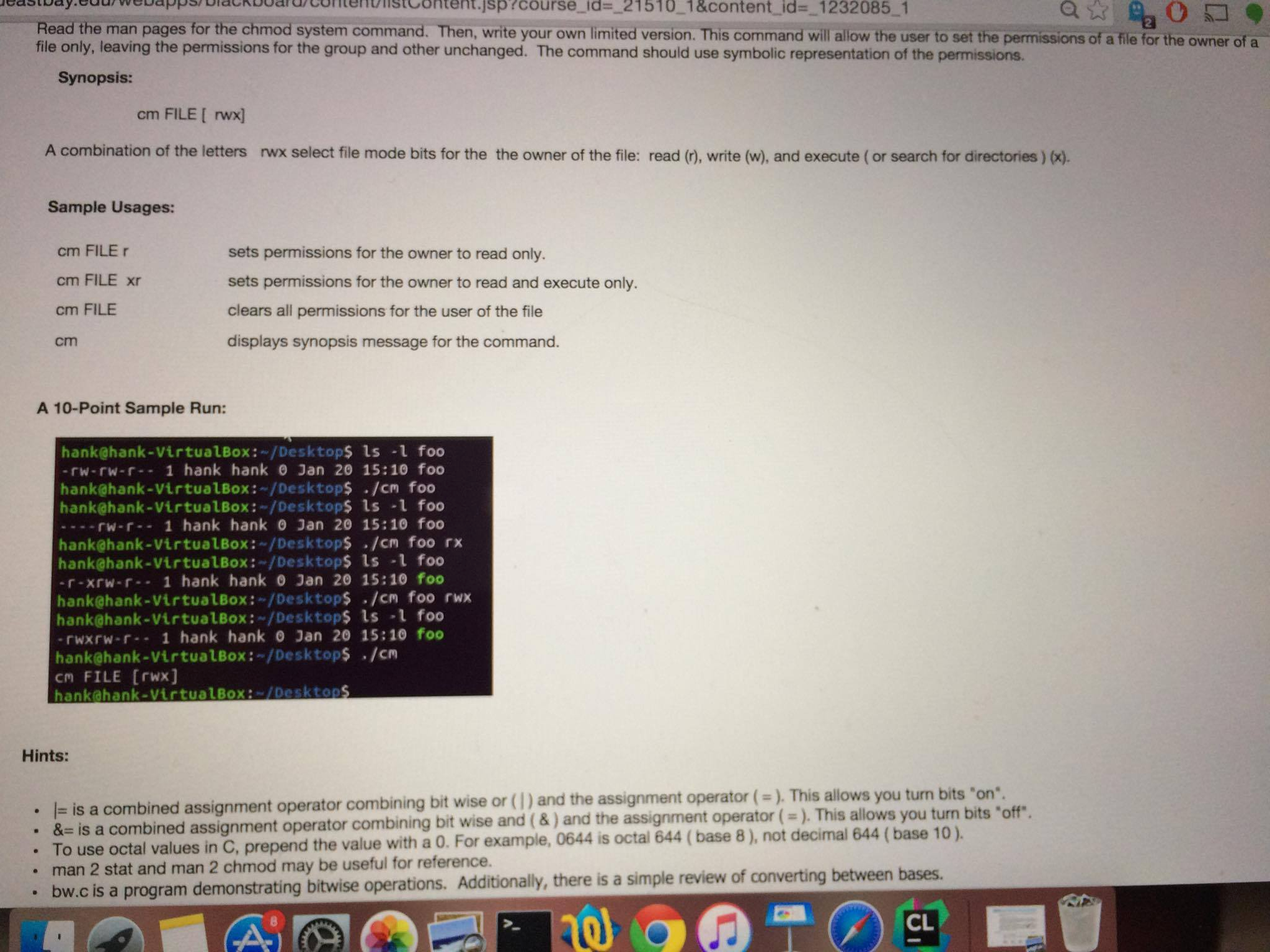


Solved Sibay Edur Webappsackboardrcontenuistoontentjsprco Chegg Com



0 件のコメント:
コメントを投稿